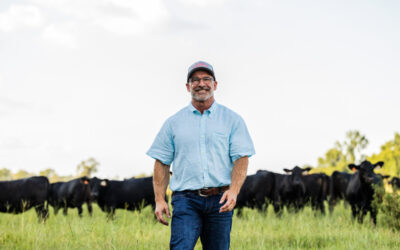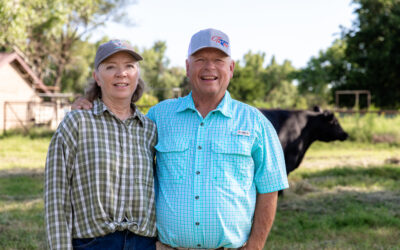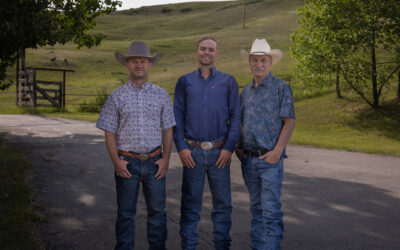
Means Ranch Company Earns Certified Angus Beef Sustainability Award
Jon and Jackie Means recognized at the 2025 Certified Angus Beef Annual Conference.
by Lindsay Graber Runft
September 29, 2025
A far horizon swallows the sky across sparse grama and greasewood that sway under a pitiless sun while jackrabbits dart between cactus spines. Just over the Davis Mountain foothills, cowboys drive Angus cows toward catch pens.
It’s ranching, romanticized. Until you live it. On the Means Ranch, beauty is a thin veil over a desolate land. For four generations, the Means family has ranched in Texas. With a commitment to environmental sustainability, alongside quality Angus genetics, they earned the 2025 Certified Angus Beef (CAB) Sustainability Award.
What makes a ranch sustainable? To Jon Means, it’s simple: the same family, ranching on the same land, for the last 140 years. They could not have done that without sustainability. Responsible use of water, caring for the land and its wildlife, destocking the herd for drought recovery and then building back with an eye toward grid premiums.
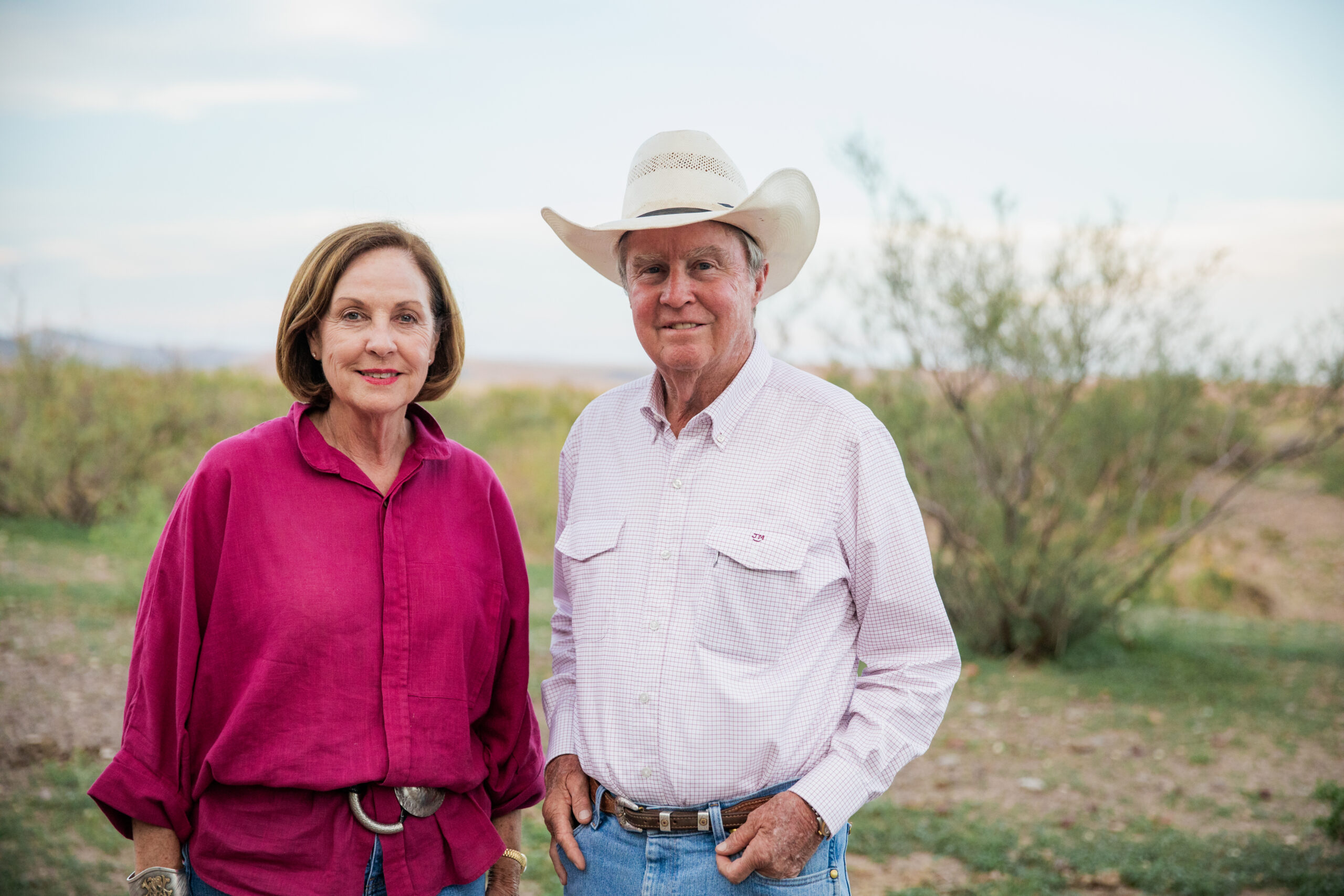
Every Inch
In 1979, Jon and Jackie Means were married and the El Paso girl moved three hours east to the Moon Ranch. She used a bleak term for their view.
“Don’t call it that,” Jon had bantered. “It’s not a desert. We have grass.”
Joined with the Chispa Ranch to span 90,000 acres, it’s a big chunk of the Means Ranch Company, a decades-old enterprise the couple own. The original Y-6 ranch, established in the 1880s, was only split once and all remains in family hands.
“This land here is diverse,” longtime Means Ranch cowboy Clay Miller says. “And unforgiving.”
Gravel roads wind through wide-open spaces, bending around mountains to catch pens and cowboy camps. It all looks the same, and although framed plat maps line Jon’s office wall, he knows it like the back of his hand: Where and why fencelines were drawn, shifted to share a water tank with the Y-6 or to let cows get to the other side of a mountain.
Ranching revolves around the environment. Cow numbers are down from the typical 1,200 head because of long, extreme drought. Jackie says running the ranch takes constant management with the diligence of “operating on the margins.”
And probably some faith, too, that enough rain will fall at the right time. The 40 types of native grass are resilient but still need some moisture, and summer rains are key.
Thirty to 40 years ago, average annual rainfall was 10 inches, but Jackie cannot remember a year in this century when they got that much. Multi-year droughts have challenged natural resources to where rotational grazing and water conservation are mandatory.
“We use every inch of this ranch as best we can,” Jackie says.
Jon says they’ve been deliberate with pasture use, careful not to overgraze and allowing time for the land to heal. Standard stocking allows 60 acres per cow, but they add range cake when necessary.
When Jon’s grandfather was growing up, the Y-6 and Moon Ranch (combined) had only six wells. Today, the Moon Ranch has more than 150 miles of pipeline running water to troughs for cattle.
Solar panels replaced windmills on all 22 wells, while covers limit evaporation on storage tanks.
Birds and wildlife benefit from sustained conservation too, Jackie says. Lacking native trees on the ranch, the Meanses planted adaptable multi-purpose trees—shade for cattle and habitat for birds. They added programs to feed quail and deer.
Everything works in harmony.
“How else would we use it?” Jon says. “The land needs the cattle and the cattle have to have the land to survive.”
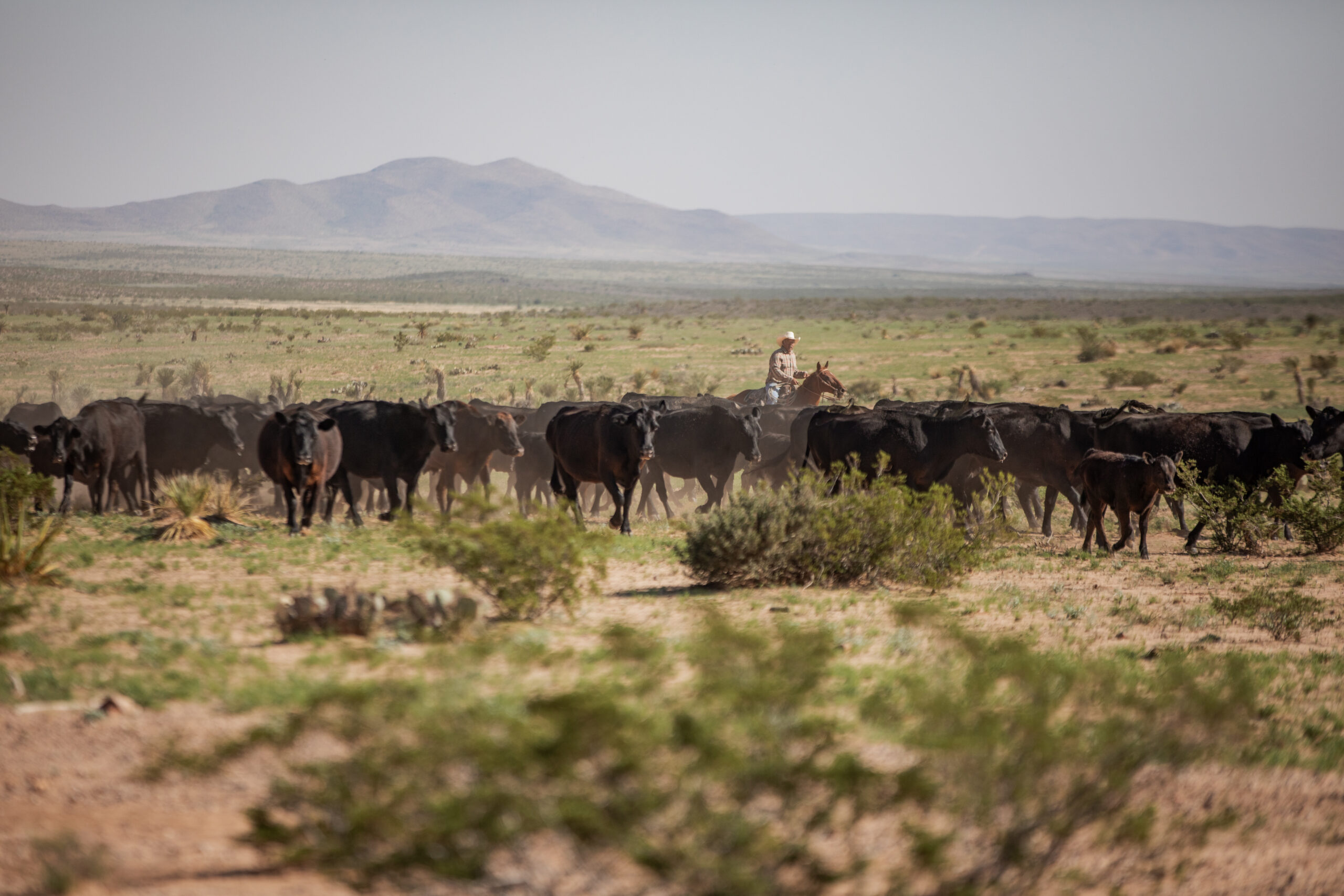
Quality, No Excuses
In the early 1960s, Jon’s father was among the first here to begin switching from Herefords to Angus. Fifty years of striving to breed hardy Angus cattle to fit the terrain led to good structure, with sound feet and legs to travel long distances over rough terrain.
Through the years, Jon and Jackie have traveled the United States to find new genetics and expand their bull battery. Besides phenotype, Jon uses EPDs, looking closely at birthweight, fertility and carcass traits.
“We buy bulls that will work for us here first,” he says, noting essential fertility. “We’ve got to have a live calf and get that live calf to the feedyard.”
He culls cows that do not breed back. Angus cows are dual-purpose here, with mothering ability as well as terminal traits. To stay in production, cows must be thrifty, have nice udders and raise a calf that performs in the feedyard and on the rail.
After processing and weaning, steers and heifers part. The latter are developed for replacements while steers are shipped to wheat pasture till they average 800 lb. Then it’s on to the Triangle H feedyard at Garden City, Kan., where the Meanses retain ownership and sometimes partner with the yard.
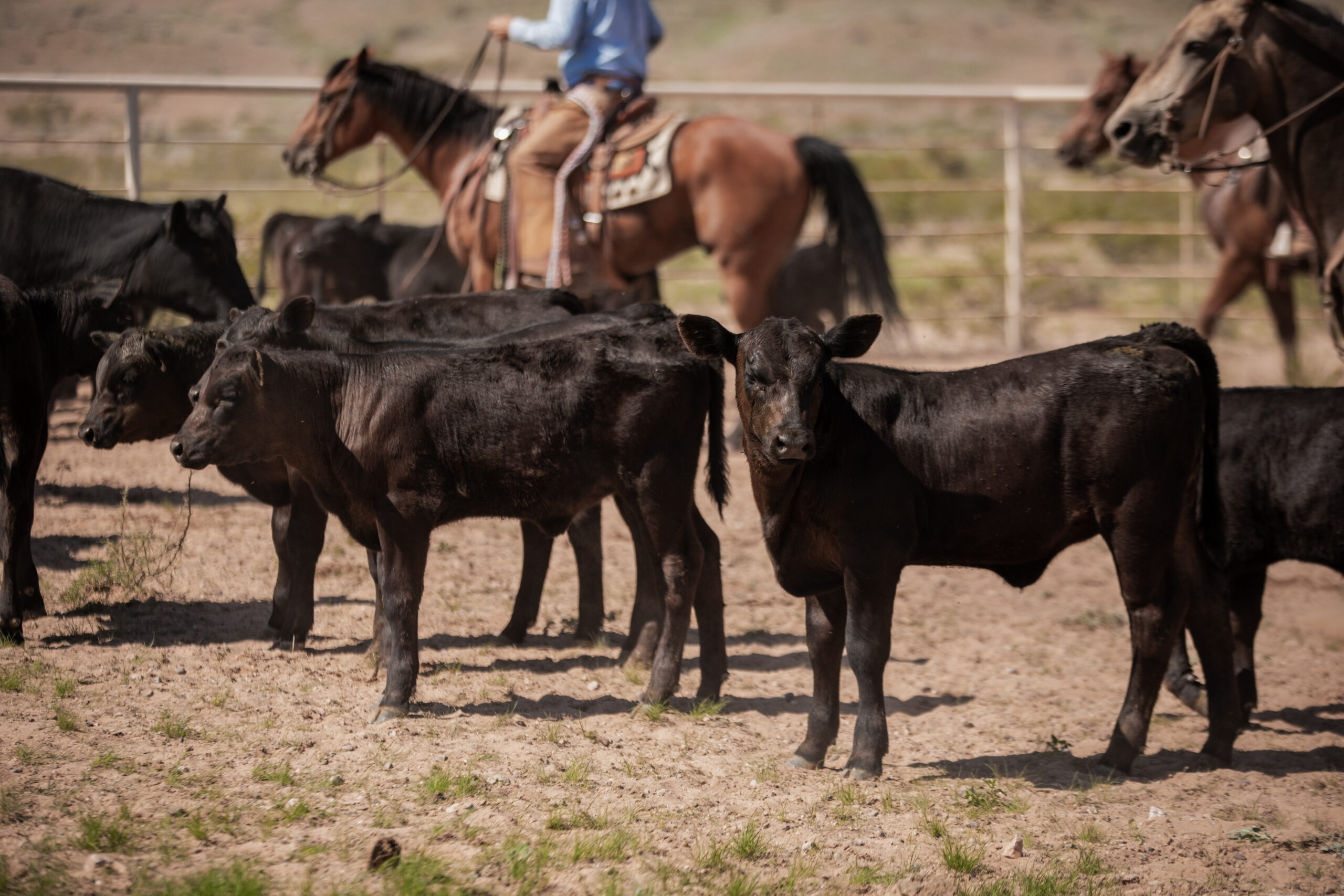
Progress With a Purpose
The Zybachs progression is fueled by a fear of complacency.
“If you don’t continue to push the envelope, you do get a little stale,” Steve says. “We want to keep enthusiasm for Angus cattle going forward.”
That’s what keeps Steve and Joy striving for more.
“I help everyone if I can,” he says. And with that top of mind, the cattle business will keep progressing a little more every day.
Find the original story published in the October 2025 Angus Journal.
You may also like
Smitty’s Service on CAB Board
Lamb continues to find himself struck by just how far-reaching the Angus breed has become. The brand’s growing demand and rising prime carcasses left a strong impression. He hopes everyone recognizes the vital connection built between consumers and Angus producers. Humbled by the opportunity to serve, Lamb reflects on his time as chairman with gratitude.
Zybach Angus Receives Certified Angus Beef Progressive Partner Award
Steve Zybach’s vision for smaller Angus producers to get more value for their calves through feeder calf sales with value-added programs led him to be recognized as the 2025 CAB Progressive Partner.
Cross Cattle Company earns Certified Angus Beef Canadian Commitment to Excellence award
Using disciplined breeding, genetics and hands-on management to raise Angus cattle that consistently hit high standards, Cross Cattle Company’s focus on quality earned them the 2025 Canadian Commitment to Excellence award.

